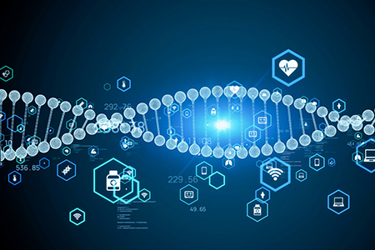What Are Extracellular Vesicles, Exosomes, & Microvesicles & Why Are They En Route To The Clinic?
By Stephen Lenzini

Cell-derived particles are conventionally referred to by the name extracellular vesicles (or EVs for short) and are defined as lipid bilayers 50-1000 nm in diameter, produced by cells for intercellular communications such as signaling, immune modulation, or molecular recycling. EVs can be classified into subgroups that are defined by their subcellular compartment of origin. Exosomes are EVs typically described as smaller in size, ranging from 40-160nm in diameter. Microvesicles or ectosomes are EVs comprising a broader size range, ranging from 50-1000nm in diameter, and form by direct budding at the plasma membrane leading to direct release into the extracellular space.
Researchers have recognized that therapeutic cargoes can exist naturally in the EVs or they can be introduced by a variety of other methods resulting in the therapeutic capabilities of EVs expanded to include several other diseases and modes of action. Recent promising results in studies have led to an exponential increase in the total number of clinical trials investigating EVs either as direct therapeutic agents or as biomarker readout material from 2006 to 2020.
Get unlimited access to:
Enter your credentials below to log in. Not yet a member of Cell & Gene? Subscribe today.
